Long-leaved lupine and lomatium near Fishtrap, WA
Blue Darners, and such
At a scabland pond within range of my bicycle a wet spring gives rise to a bumper crop of woolly mullein, a tall, large-leaved plant that culminates in a single, thick spire with a smattering of small, yellow flowers. Bordering the cattails and interspersed among tall grass and fireweed, a platoon of mullein fortifies a natural blind I can use to photograph birds that perch in the surrounding trees.
The birds are here for the bugs and, increasingly, so am I. Of course, I’m here to take photographs and, in a therapeutic sense, briefly escape the menace of dystopian politics and a literal pandemic. If I get eaten it will likely be slowly, and far away from the camouflage of the mullein.
Not so for the dragonflies and the sleek, acrobatic birds that snatch them from the air. In the realm of a scabland pond the food chain includes sharp-shinned hawks that ambush from every direction, shattering the calm and grabbing large insects and small birds alike.
Fortunately for the birds the dragonflies are prolific. And fortunately for the photographers, the dragonflies, like the blue darners I first noticed a few years ago at a remote pond, are piped with color and character. Dragonflies seldom live much longer than a year but evidence in the fossil record indicates their ancestors date back some 300 million years. Evolution has served them well and given them extraordinary eyesight with which to hunt smaller insects.
A distant and long-extinct relative, the so-called “griffenflies,” had wingspans exceeding two feet in length. I imagine even a sharp-shinned hawk would think twice about that.
—tjc
Blue-eyed darner against blooming fireweed
On glide
Gray catbird in the cattails
Mating darners
Meadowhawk dragonfly & water smartweed
Eastern kingbird
Young moose in the reeds
Just passing by


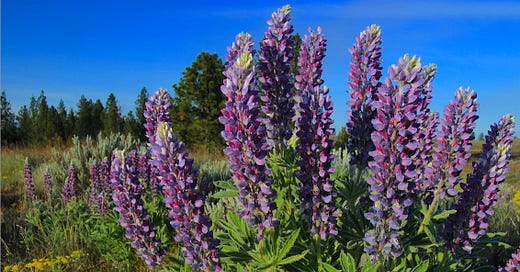




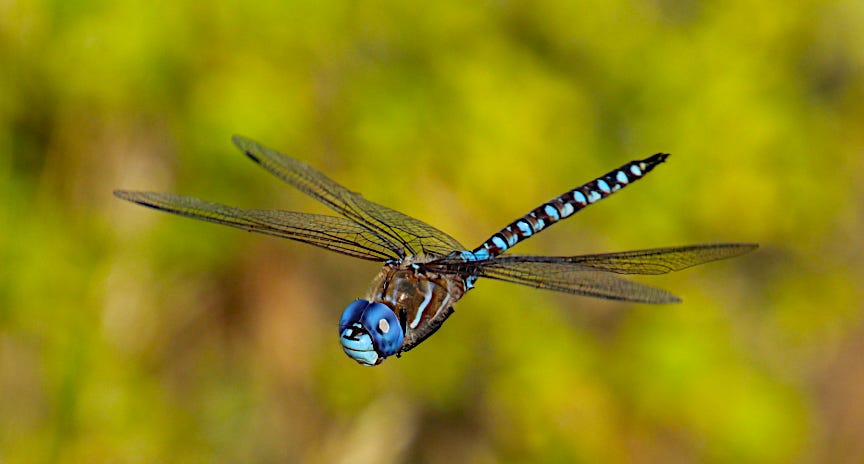
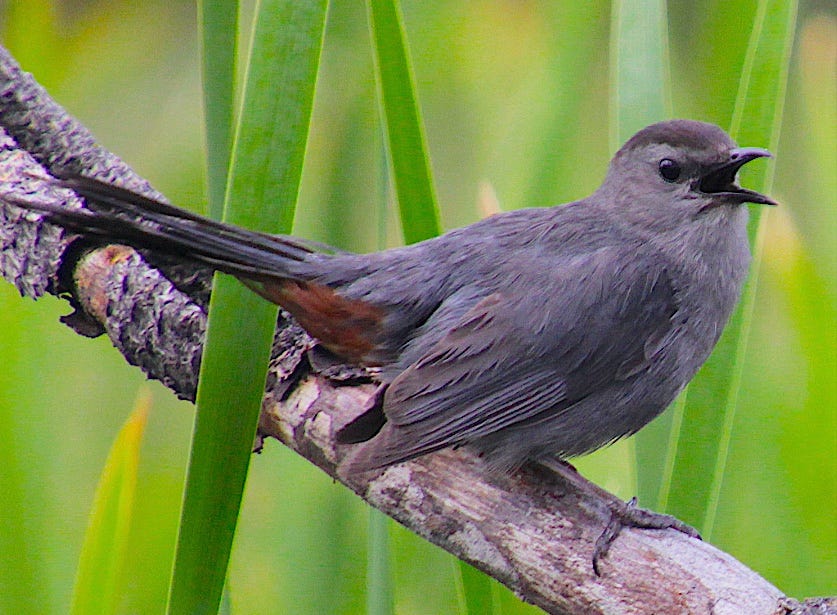

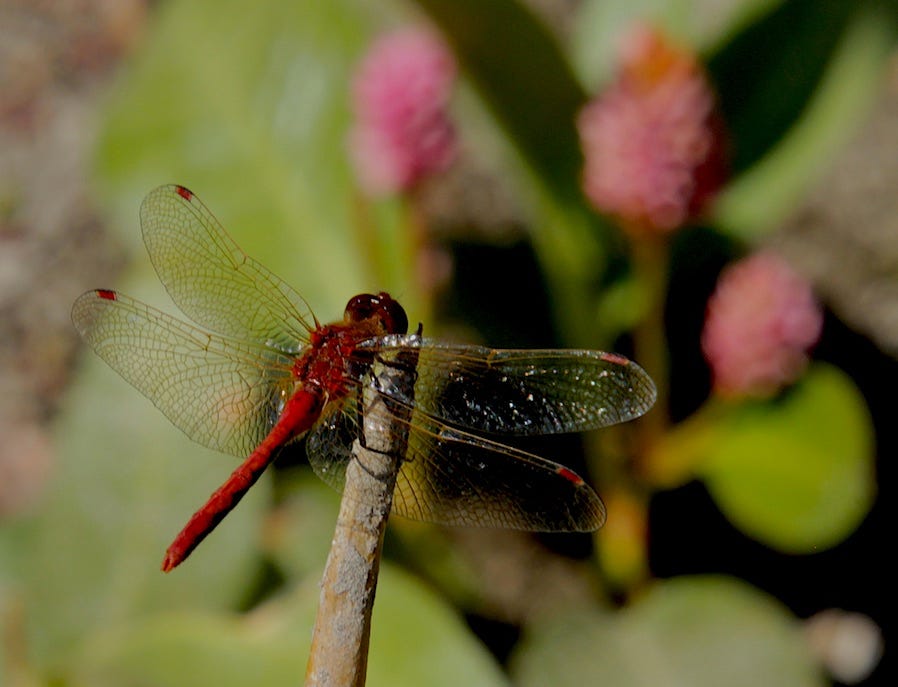
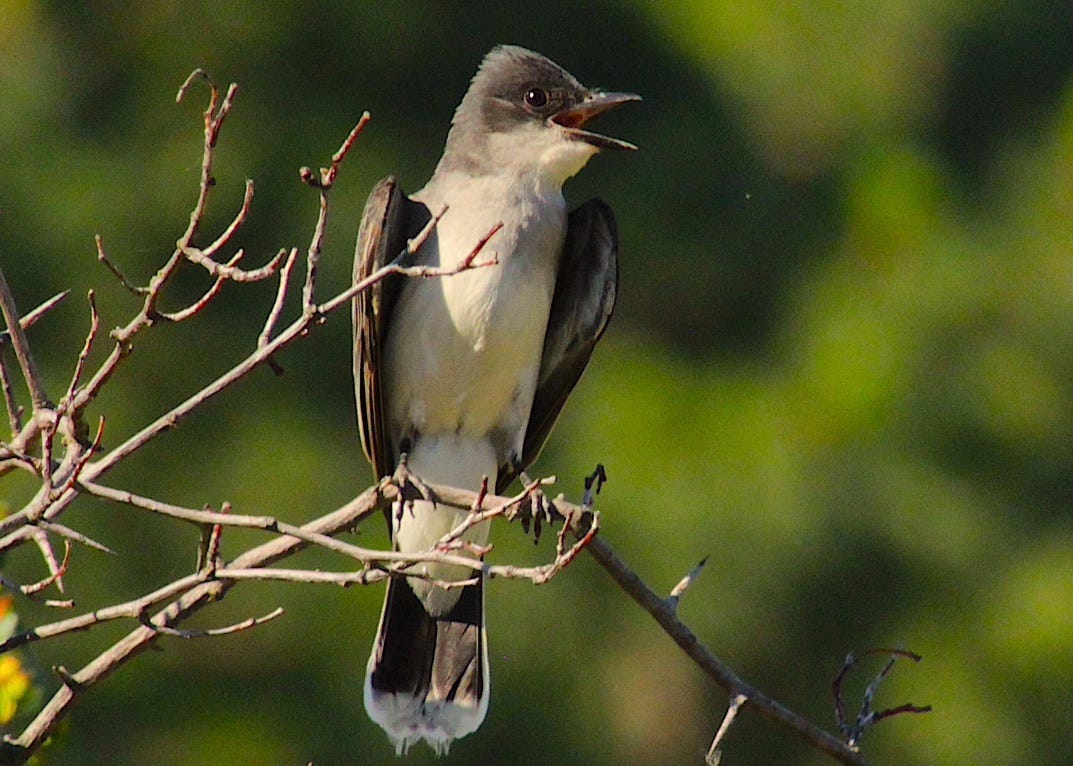
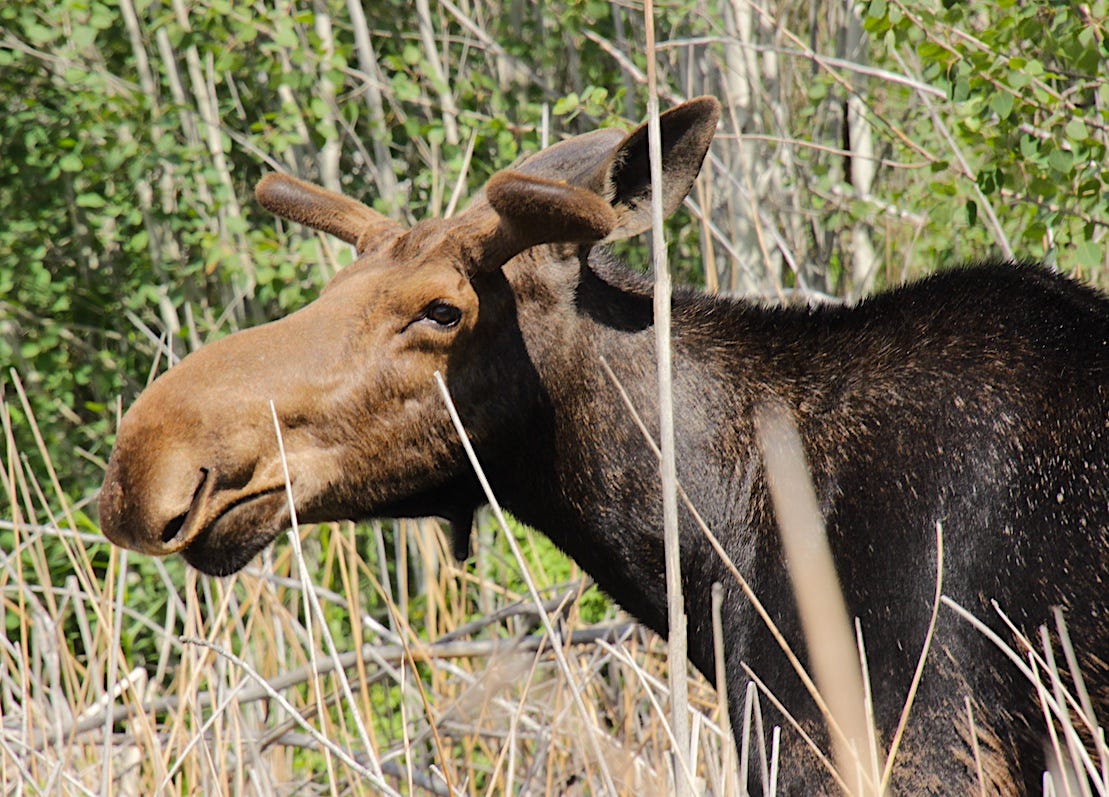
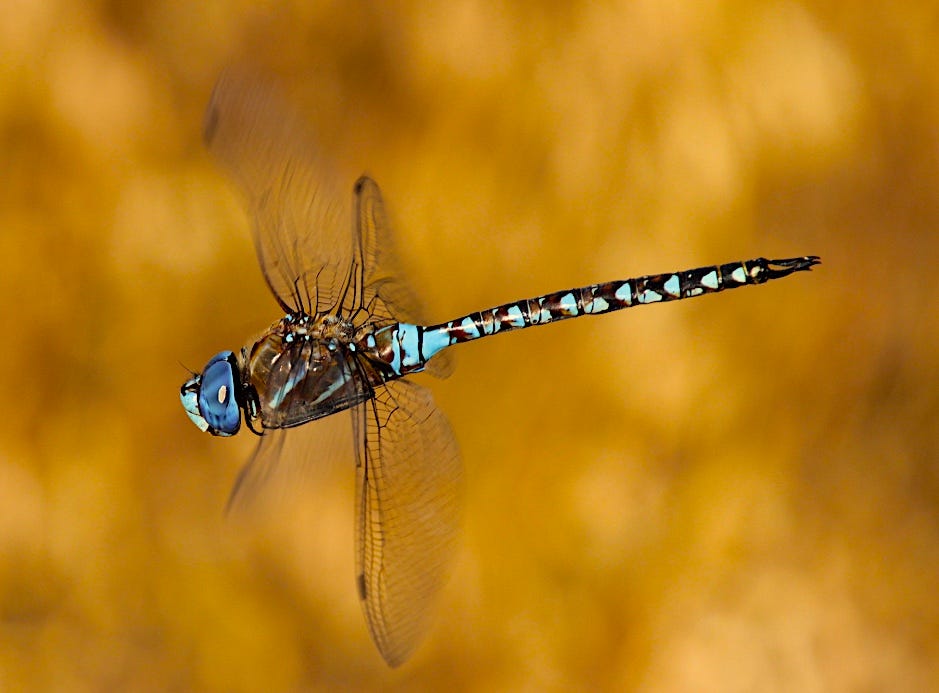
Thanks, Tim, for this mornings few paragraphs and stunning photos. Both are particularly beautiful.